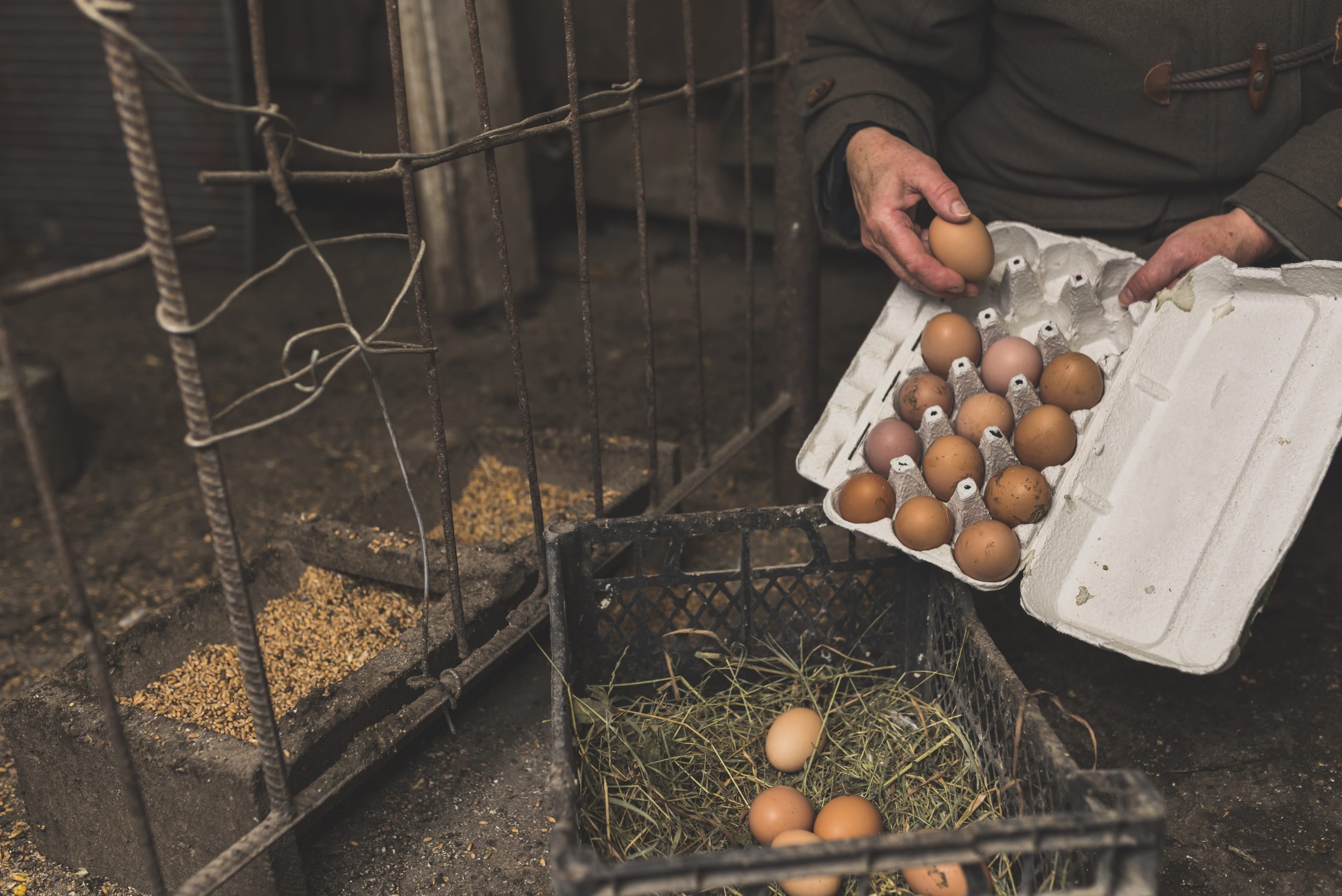Egg production is the backbone of any successful poultry business. Whether you’re a small-scale farmer or running a large commercial operation, ensuring high egg yield is crucial for profitability. But what can you do to maximize egg production while keeping your hens healthy and stress-free? Let’s explore some key factors that contribute to higher egg yield.
1. Provide Optimal Nutrition
A well-balanced diet is essential for laying hens. Here’s what to focus on:
- Protein & Calcium: Feed your hens a high-protein diet (16-18%) with ample calcium (3-4%) to support eggshell formation.
- Essential Vitamins & Minerals: Ensure your feed contains vitamins A, D, E, and B-complex, along with minerals like phosphorus and magnesium.
- Grit for Digestion: Adding grit helps in proper digestion and nutrient absorption.
2. Maintain Proper Lighting
Light plays a crucial role in egg production since hens require around 14-16 hours of light per day to lay efficiently.
- Use Artificial Lighting: In winter or low-light conditions, use artificial lighting to maintain consistent exposure.
- Avoid Sudden Light Changes: Gradual adjustments in lighting prevent stress and maintain production levels.
3. Ensure Clean Water Supply
Hydration directly affects egg production. Provide clean, fresh water at all times.
- Cool Water in Summer: Helps hens regulate body temperature.
- Prevent Freezing in Winter: Ensures continuous hydration.
4. Keep Stress Levels Low
Stress negatively impacts egg production. Minimize disturbances by:
- Providing Enough Space: Overcrowding causes aggression and reduces laying rates.
- Avoiding Sudden Changes: Changes in feed, temperature, or environment should be introduced gradually.
- Keeping Noise Levels Low: Loud noises can cause hens to become anxious and reduce egg production.
5. Maintain Good Health & Biosecurity
Healthy hens lay more eggs, so preventive care is essential.
- Regular Vet Check-Ups: Helps detect and prevent diseases early.
- Vaccination & Parasite Control: Protects against common poultry diseases.
- Biosecurity Measures: Prevents disease outbreaks by limiting farm access to outsiders and maintaining hygiene.
6. Choose High-Quality Breeds
Not all breeds are equal when it comes to egg production. Some of the best egg-laying breeds include:
- White Leghorn (high egg yield, low feed consumption)
- Rhode Island Red (hardy and excellent layers)
- Sussex & Australorp (good egg production and adaptable to various climates)
7. Optimize Coop Conditions
A comfortable living environment ensures maximum productivity.
- Proper Ventilation: Reduces ammonia buildup and respiratory issues.
- Adequate Nesting Boxes: Provide one box per 4-5 hens for stress-free laying.
- Clean & Dry Bedding: Prevents infections and keeps hens comfortable.
8. Encourage Natural Behavior
Hens that are free to express their natural behaviors tend to be healthier and more productive.
- Allow Free-Range or Pasture Time: Access to open space reduces stress.
- Provide Perches & Dust Baths: Keeps hens engaged and supports overall well-being.
Conclusion
Improving egg production requires a holistic approach, balancing nutrition, lighting, environment, and health care. By implementing these strategies, poultry farmers can boost their egg yield and ensure a profitable and sustainable business.
Happy farming, and may your hens lay plenty of eggs!
